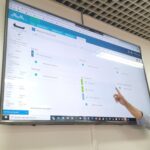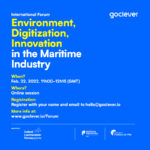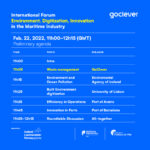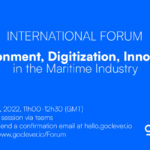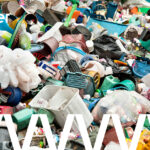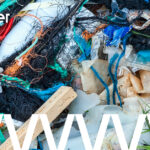Control de Resíduos Marinos, projeto financiado pela Islândia, Liechtenstein e Noruega, através dos EEA Grants
FINANCIADO POR


Partners:
Port of Aveiro
Enviroment Agency of Iceland
The reduction of marine litter is not only a challenge of technological disruption and digital innovation waste estimation and waste management. It requires the educational communication of evidence correlating actions to environmental impacts. Nevertheless, very few technological interventions in the metrology arena make it into routine use. CLEVER-Volume commits to provide an evidence-based communication to overcome the current lack of certainties found in previous study; and to complement the marketing strategy that represents and complements our product commercialization. For the project to be successful, the communication and dissemination of its efforts, experience and results are crucial and will influence the short term and long-term impact of the project.
The project PT-INNOVATION-0062 aims to ensure the high visibility, accessibility and promotion to the efforts on marine litter management. To bring this about successfully, we consider the specific objectives, described in Table 1.
Internal communication | |
1 | Create a dialogue among project partners and key stakeholders, to gain acceptance of the project |
2 | Provide opportunities for feedback from stakeholder groups |
3 | Enhance bilateral relations |
4 | Ensure the efficient coordination of co-developed actions |
Wider Public Communication | |
5 | To increase knowledge about the project and why it’s important. |
6 | To educate communities in the needs of environmental protection |
Specific Audiences | |
7 | To engage the wider community in the co-creation and provision of relevant input |
8 | To ensure that the outputs will be sustained after the end of the project lifetime |
Table 1. Specific objectives of the communication efforts
During the feasibility study, they were dentified four main groups of stakeholders likely to be interested in the project outputs (table 2), and therefore targeted by the consortium for the sentivity&Educational efforts. Table 2 expands efforts´ appropriateness concerning the targeted audiences.
Maritime Industry Players | Port authorities and coastal administration, including the project’s partners Pilots: Port of Aveiro and Port of Barcelona. |
Shipping companies | |
Recycling and waste management agencies, including the project partner: KLAPPIR Environmental Solutions | |
Environmental entities | Local and regional Environmental Agencies, including the project partner: Environmental Agency of Iceland. |
Governmental Departments in Environmental Protection | |
Academic community | Research institutes in the domains of remote sensing, waste management, and environmental protection, including the project partner: Research Group 3D_ArCH, university of Lisbon. |
Independent researches and students involved in the targeted topics | |
European and EEA research and Technology organizations | |
Wider Public | Coastal Communities and communities relying on fishery and other maritime resources. |
Broader communities |
Table 2: Target audiences
The project has also produced a rich and diverse series of information and outputs. This output information provided in an easy-to-understand, non-technical fashion way, through the various communication activities supported by: key facts, objectives, and expected results covering the whole projects; events; and outputs& outcomes. The information has been provided in specialist-audience adapted language, through various dissemination activities, including (i) internal results (to be used by the consortium), (ii) partial results to be shared with peer groups, industry, and professional organizations; and (iii) final results of the project. Table 4: Communication Action Matrix, presents the list of communication activities, including details on each partner’s tasks and responsibilities.
The project has been tested operationally on the Port of Aveiro.

Educational Material & Demonstration
Nota:
“Através do Acordo sobre o Espaço Económico Europeu (EEE), a Islândia, o Liechtenstein e a Noruega são parceiros no mercado interno com os Estados-Membros da União Europeia.
Como forma de promover um contínuo e equilibrado reforço das relações económicas e comerciais, as partes do Acordo do EEE estabeleceram um Mecanismo Financeiro plurianual, conhecido como EEA Grants.
Os EEA Grants têm como objetivos reduzir as disparidades sociais e económicas na Europa e reforçar as relações bilaterais entre estes três países e os países beneficiários.
Para o período 2014-2021, foi acordada uma contribuição total de 2,8 mil milhões de euros para 15 países beneficiários. Portugal beneficiará de uma verba de 102,7 milhões de euros.
Saiba mais em eeagrants.gov.pt”
Resumen do projeto em Portugues
O objetivo geral a ser desenvolvido no projeto é fornecer uma solução abrangente com as seguintes características: a) capacidade de funcionamento totalmente automático e remoto; b) capacidade de interoperar com outras bases de dados independentemente da estrutura da base de dados; c) capacidade de mapear as variáveis diretas e indiretas dos resíduos que caracterizam o seu ciclo de vida; d) capacidade de responder às expectativas de informações entre os atores (incluindo a indústria marítima, instituições ambientais, agências governamentais e o público em geral). Desde o início do projeto até à presente data, parte do investimento foi direcionada para a pesquisa e desenvolvimento de um novo kit de sensores, mais adaptados às necessidades dos clientes e, sobretudo, dos portos e plataformas logísticas. O projeto teve um desenvolvimento muito próximo junto com o Porto de Aveiro e a Agência Ambiental da Islândia.
